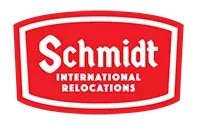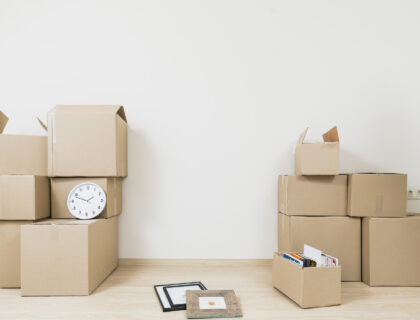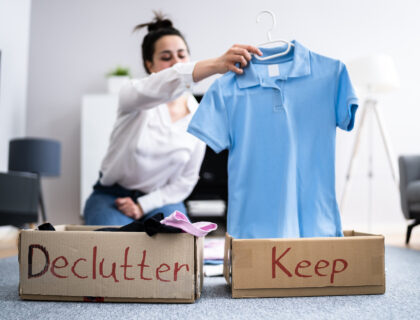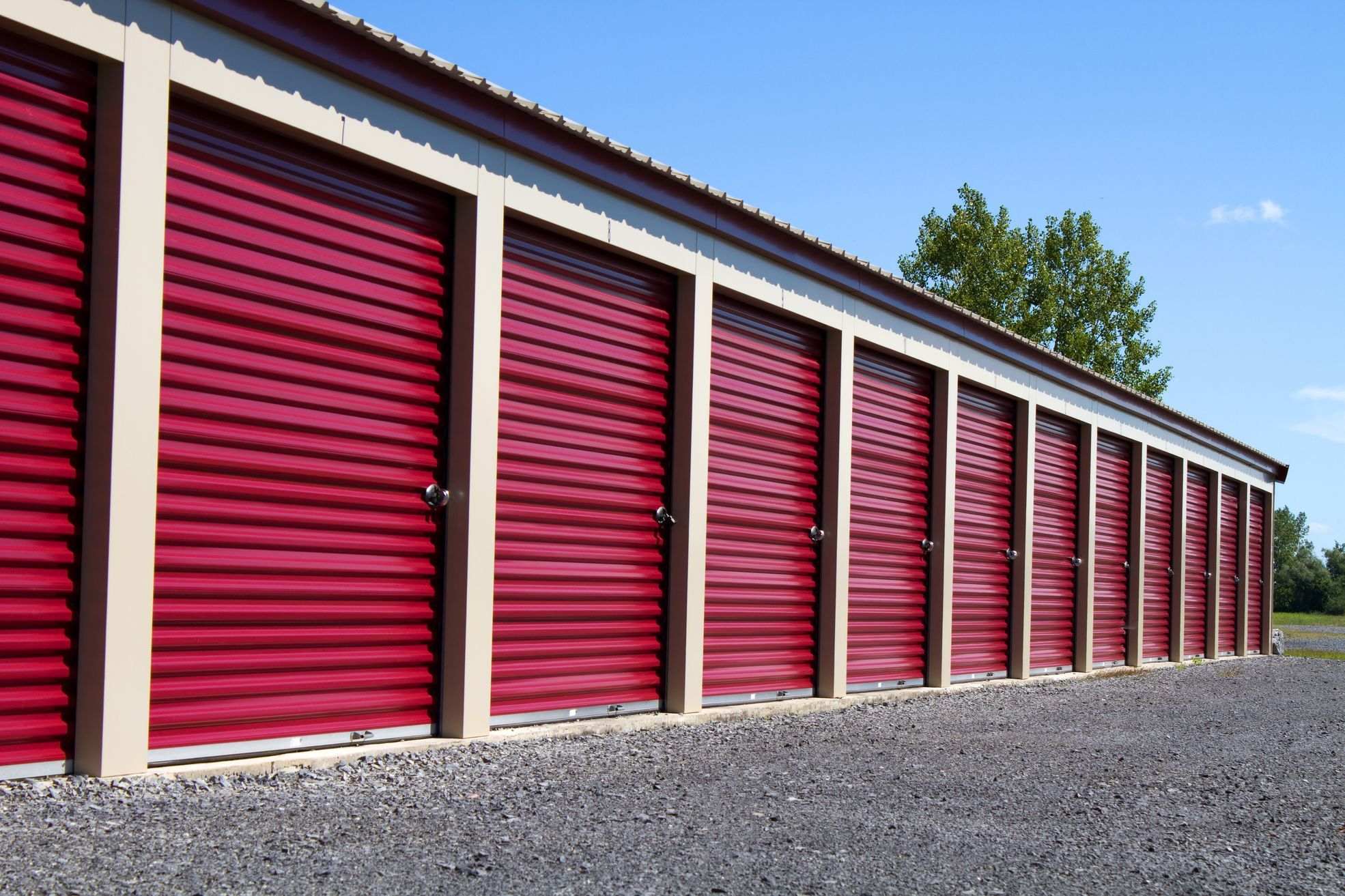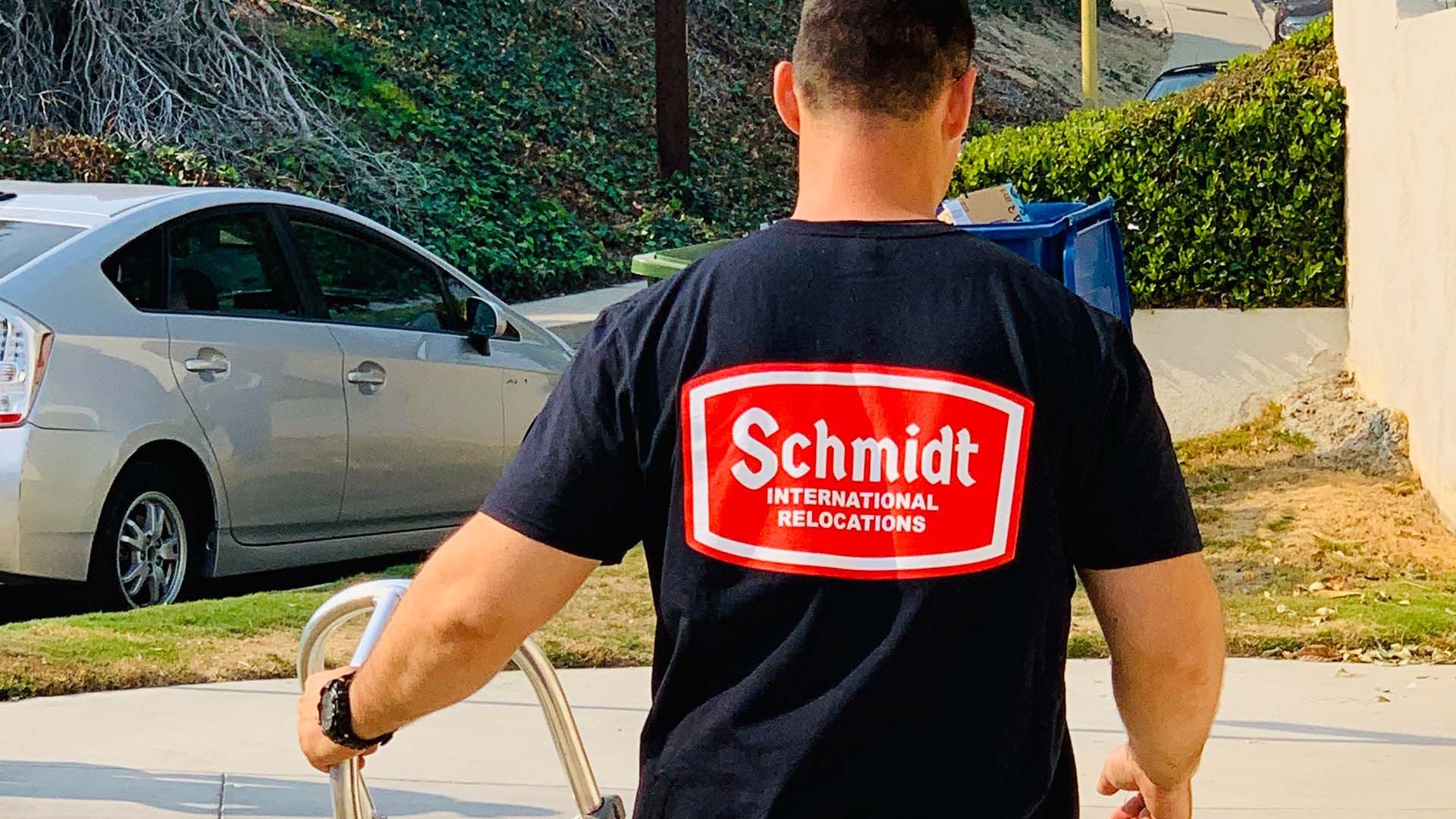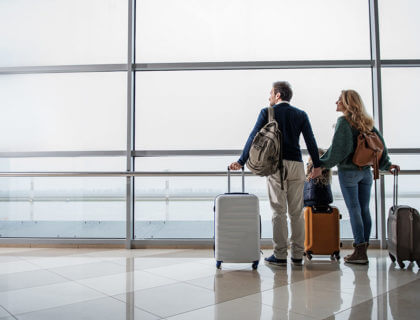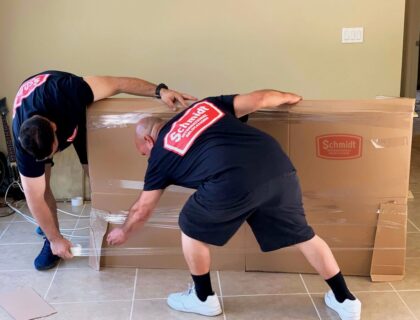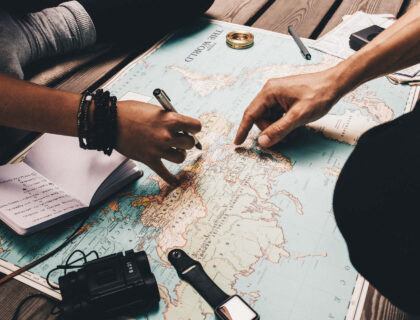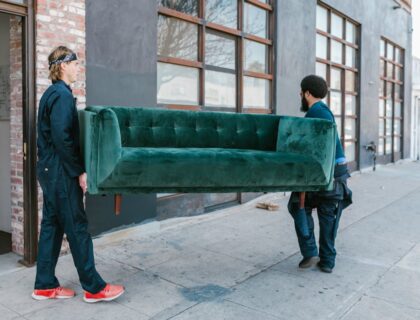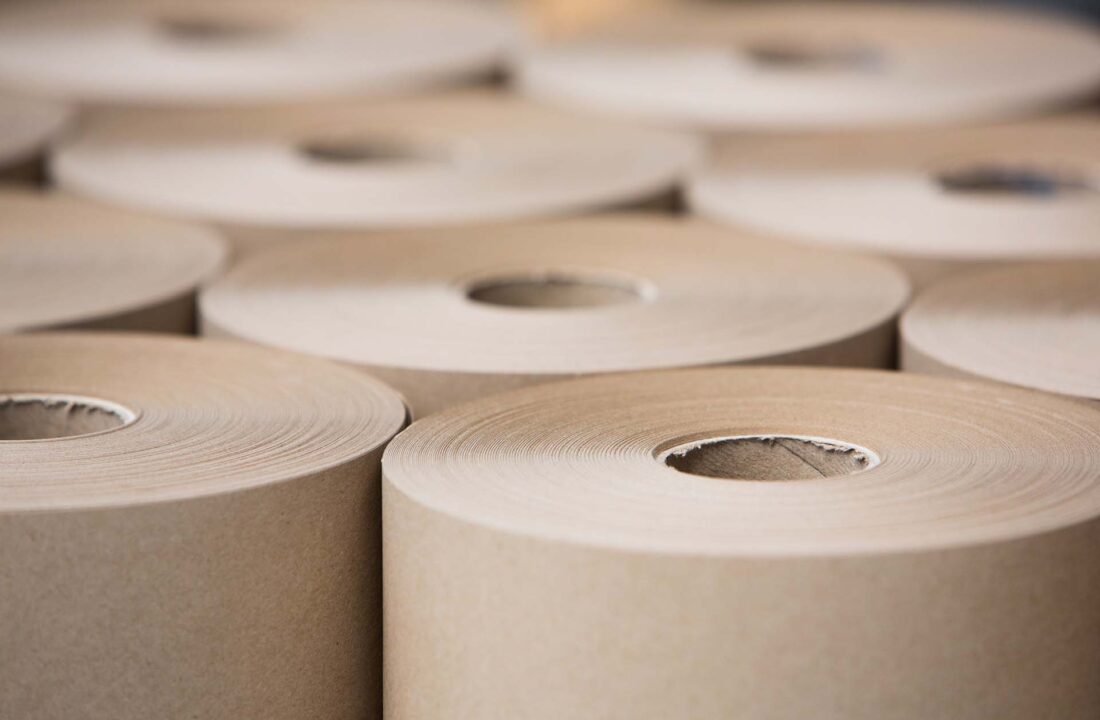

Ready to box up your entire household? Meet packing paper for moving – the secret ingredient behind every successful relocation. This unsung hero wraps and cushions and on top of it all simplifies relocation complexities with style. Let us help you put this material into use and turn the chaos into a seamless symphony. The fragile items will thank you, and so will your sanity.
Paper is an essential packaging material. Its primary benefits are versatility, cost-effectiveness, eco-friendliness, and proactive attributes. When choosing the quality and quantity of this material, consider the item’s specific needs. Purchase it from online retailers, local supply stores, or wholesale options, or get it from family and friends who recently moved. In more demanding scenarios, professional packers may be necessary.
Why Is Packing Paper an Essential Material
The paper might seem like a simple addition to the relocation supplies, but its role is pivotal.
More so, over 50% of manufactured paper is used for packaging.
Now, picture this! You’re boxing up your life, room by room.
Each item’s safety hinges on the protection provided by the material you wrap it in.
Whether it’s a set of vintage plates or a collection of photo frames, this paper wraps each piece in a protective embrace. It ensures they withstand the bumps and jostles of long hauls. Its flexibility and protective qualities make it essential for the peace of mind it brings to a typically stressful process.
What Are the Different Types of Packing Wrapping Paper
When preparing for a relocation, It’s important to remember that each type of packing material has its specific uses. This makes it crucial to choose the right one to match the fragility and weight of the items you’re relocating across the world. Here’s a rundown of the paper options available:
- Corrugated paper – Structured with a fluted texture, it provides excellent cushioning and structural support for heavier items.
- Kraft paper – A durable and strong boxboard is ideal for wrapping and protecting bulky items.
- Tissue paper – Lightweight and soft packing tissue paper is perfect for wrapping breakables that might scratch easily.
- Acid-free paper – It’s essential for wrapping items susceptible to aging, like important documents or artworks, as it prevents yellowing and degradation.
- Specialty packaging paper – It offers additional protection with its resistant coating and cushioning honeycomb structure, suitable for highly fragile items.
- Sheared paper – This is a perfect solution to cushion everything, prevent movement, and fill voids.

What Are the Benefits of Using Packing Paper
The relocation benefits of using this material stretch beyond basic item protection. The attributes we’ll cover below cement its role as an indispensable tool in the moving abroad process and safer transition.
It Offers Protection for Fragile Items
This material is essential for preventing things from breaking. It expertly absorbs shocks and prevents scratches, ensuring that glassware, ceramics, and heirlooms remain intact throughout shipping. Its soft yet sturdy nature provides a reliable buffer for the most precious belongings.
This Is a Very Versatile Material
The inherent versatility of this material is a major advantage. It wraps smoothly around everything from oddly shaped ornaments to bulky electronics. This adaptability ensures that every item receives the protection it needs.
Paper Is a Cost-Effective Solution
If your budget is a bit strained, this solution is the way to go. Simply put, you’ll get substantial protective benefits without the hefty price tag associated with more specialized materials.
It's an Eco-Friendly Material
Opting for this material means you’re making an environmentally responsible choice. Many types are recyclable and biodegradable, providing a greener alternative to plastic-based supplies. Moreover, this eco-friendly packaging solution reduces the environmental footprint of this entire process without compromising on protection.
How to Use Packing Paper for Moving
Every international relocation has its ups and downs. However, the right materials will offer peace of mind and ensure belongings are secured and protected. The right techniques, on the other hand, can make a significant difference in preventing damage and maximizing space within the boxes.
Protect the Large and Flat Surfaces
Begin this process by covering large, flat surfaces of items such as tabletops, mirrors, or artwork. This first layer of protection helps shield these surfaces from scratches and dents during transport. Proper coverage also helps stabilize these pieces against shifts that could cause cracks or breakage.
Fill Empty Spaces in Boxes
Once the items are wrapped and placed in boxes, the next step is to address any remaining empty spaces. Filling these gaps prevents the contents from moving or colliding with each other when the boxes are handled or transported. This technique is essential for maintaining the integrity of packed items throughout the entire journey.
Cushioning Delicate Parts of Furniture
For furniture with delicate parts or protruding elements, additional cushioning is crucial. Focus on vulnerable areas such as legs, corners, and decorative details. This extra layer of protection can prevent chipping, snapping, or other damage. It ensures the furniture arrives in the same condition it left.
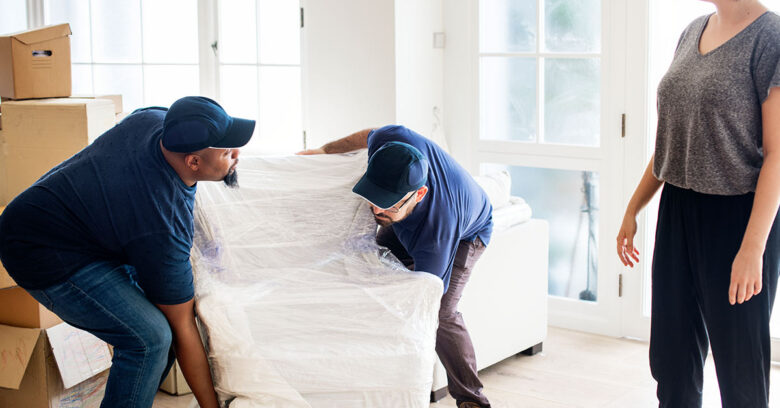
How Much Wrapping Paper for Moving Do I Need
Determining how much of this material you need depends on several factors, mostly the size of the home and the number of items you’re relocating. Paper is typically sold by weight, with most packages offering about 20 sheets per pound. However, this can vary depending on the manufacturer or type of paper.
For smaller spaces, such as a one-bedroom home or studio apartment, a 10-pound bundle containing around 200 sheets should suffice. For homes with multiple rooms and a sizable collection of dishes, a 25-pound package with approximately 500 sheets would be more appropriate.
For larger homes, buy a 50-pound bundle, which includes about 1,000 sheets. However, always get extra materials if you’re not hiring a professional moving company. This way, you’ll have enough supplies to cover all belongings securely.
Where to Buy Packing Paper for Moving Overseas
When relocating overseas, knowing where to get packing paper and the rest of the supplies is crucial. Luckily, there are strategies for sourcing these supplies, whether you’re looking to purchase or find them for free. For convenience and variety, online retailers are a top choice. Many websites offer a wide range of supplies with the added benefit of customer reviews to guide you.
Local moving supply stores are ideal for immediate needs. Staff at these locations can provide valuable insight into what materials proved good. Buying in bulk from wholesalers can also reduce costs. Wholesale suppliers typically offer a variety of supplies at lower prices compared to retail options.
More importantly, don’t overlook the possibility of sourcing materials for free. Reach out to family, friends, coworkers, and neighbors who have recently moved. They might have leftover supplies they no longer need. A quick call or message could yield useful materials that will help your moving budget.
Lastly, many stores recycle their supplies and may allow you to take some for free. Large retailers, grocery stores, and bookshops often have excess materials, especially after deliveries. Speak directly to store managers and ask them if they have something available.
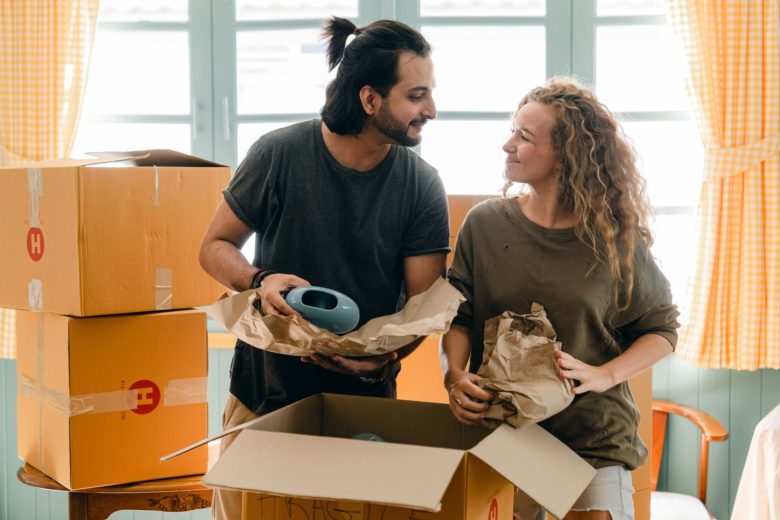
Are There Alternatives to This Material?
When looking to cut relocation costs, you don’t always have to stick with traditional materials. Several household items can substitute paper, offering significant savings. One of the top relocation hacks is to use trash bags for packing clothing. They are less protective than standard supplies but can be a good way to transport clothes on hangers.
Home blankets, cotton shirts, and towels can be repurposed to shield delicate and breakable objects. Blankets are there to provide substantial coverage, while shirts and towels can be used as extra padding.
Surprisingly, socks can also be a handy wrapping material. They are ideal for padding and protecting glasses or silverware. Lastly, while newspapers are readily available and can replace standard supplies, use them cautiously. The ink may transfer onto your possessions, so put them to use judiciously to avoid damage.
When Should You Hire Professional Packers
Any relocation can present numerous challenges, but with experienced professionals by your side, the process becomes significantly smoother. At Schmidt International Relocations, our moving services are tailored to meet your needs.
Our packing services entail the use of the finest materials and techniques to ensure that everything is delivered in impeccable condition. With our expert team managing every detail, you won’t need to stress over the logistics. Let us take care of it, allowing you to focus on other aspects of this journey.
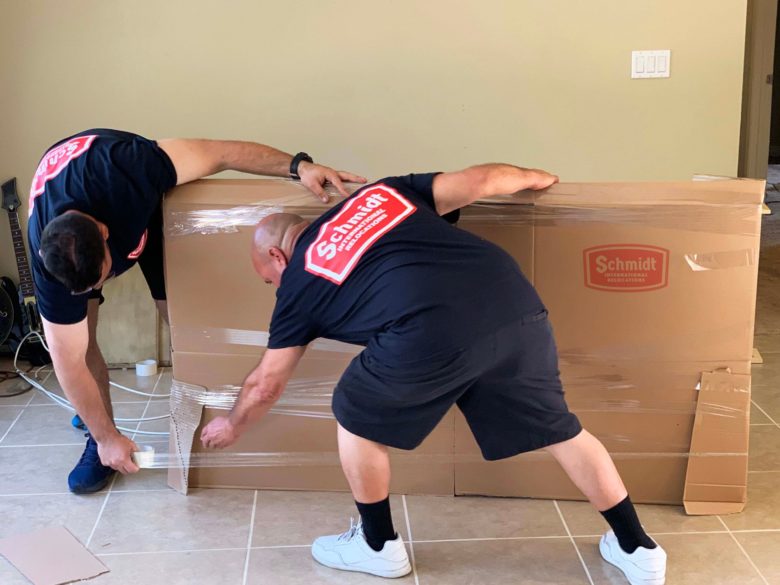
With Our International Moving Company by Your Side, This Journey Will Be a Breeze
Now that you are equipped with the essential knowledge to safeguard belongings effectively, you’re ready for the next steps. If you’re wondering about relocation costs, worry not. Schmidt International Relocations offers free estimates to help you budget accurately. All you have to do now is contact us today and book our reliable services on time. Our team will handle the rest.
Frequently Asked Questions About Packing Paper
Where Can I Buy Packing Paper?
Where to buy packing paper for moving, you ask? You can find the materials you need from a variety of sources. Online retailers offer a wide selection, including bulk options, which can be convenient for comparing types and prices.
Local moving supply stores are also a great resource, often providing expert advice along with their products. Additionally, wholesale distributors can be ideal if you’re looking for larger quantities at lower prices.
How to Use Paper for Packing Dishes?
To secure dishes for relocation, start by wrapping each piece individually. Begin with the largest items and place them vertically in a sturdy box after they are wrapped. Use soft materials between each piece and along the sides of the box to provide cushioning. Ensure the top of the box has enough cushioning before sealing it to prevent movement and potential damage during transport.
When to Put Glass Wrapping Paper to Use?
When you need to transport glass items, the right timing and method of wrapping can make all the difference. Before placing glassware or mirrors into boxes, ensure they are individually wrapped with a soft, protective layer. The material should be secured with tape to prevent unwrapping during handling. This will help keep each piece stable and protected from impacts and pressure that could cause breakage.
How Can I Efficiently Secure My Electronics With Packing Paper?
To ensure that electronics are safely transported, start by organizing all cables and accessories. Wrap each device in a soft, anti-static material to protect against scratches and static damage. Store each item in its original box or use a sturdy crate that closely fits the device.
Add cushioning materials around it to prevent movement. Label each box with the contents and a “fragile” warning to ensure careful handling. This approach will minimize common mistakes and the risk of irreparable damage.
